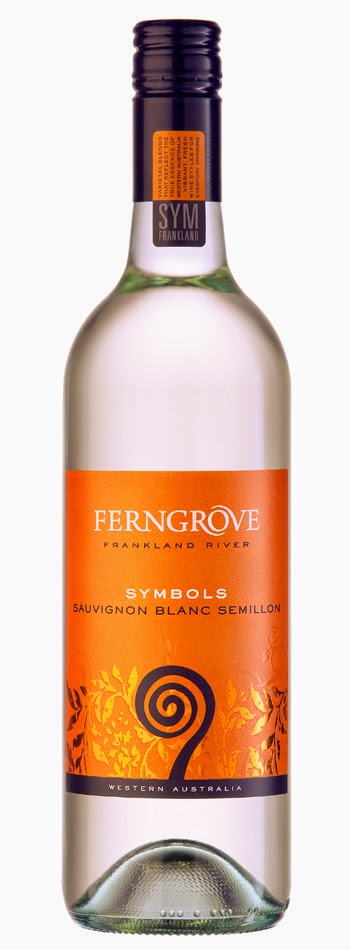“One of my greatest claims to fame”, confided the landlord of the local public house, “is I had two Frenchmen in here last week drinking English ale after bottling 40,000 bottles of wine for the local winery”.
The local winery of which the landlord spoke, is Langham Wine Estate. Founded in 2009, the winery was established on the existing estate of the Langham family agri-business, comprising land total over 1000 hectares. Set in the midst of the rolling Dorset hills, near the county town of Dorchester (the inspiration for Hardy’s fictitious Casterbridge), the Estate comprises a single vineyard of 38,000 vines planted out to the prime varieties for the production of sparkling wine, being: Chardonnay, Pinot Meunière and Pinot Noir.
Of course, sparkling wine production is not new to the UK. Dom Pierre Pérignon, the Benedictine monk, is - erroneously - credited with the method for the production for Champagne. However it was in fact an Englishman, Christopher Merret, who presented a paper to the Royal Society on the addition of sugar and molasses in wine to induce a secondary fermentation - the méthode champenoise. That knowledge, coupled with the ability to produce stronger glass bottles, essential to withstand the pressure produced through secondary fermentation, lead to sparkling wine production in the UK.
 |
| Vineyard soil profile |
Sadly the reformation saw the sacking of many vineyards in the UK, being linked as they were to the monasteries. Thus, sparkling wine production in the UK is seen as a relatively recent endeavour.
Significantly, in geological terms, a prominent band of chalk runs through Dorset in a South-West to North-East orientation, formed in the Cretaceous period, and similar in profile to the chalk soils that provide the foundation for the Champagne region in North-East France.
Grape growing in the UK is not without its challenges. A maritime climate sees total rainfalls in the region of 500mm per annum, with an even spread through the year. Disease pressure in the summer months and late frosts in April, when bud burst occurs, are two such challenges.
 |
| Winemaker Liam Idzikowski |
Winemaker Liam Idzikowski (pictured, left) commented that flowering occurs about the time of the Wimbledon Tennis Championship and that the weather experienced at Wimbledon can often signify how good a vintage may be. In Liam’s words: “so if Cliff Richard is singing in the stands, it’s not very good”. In more ways than one.
Veraison occurs early September with picking from early - mid October. A long, cool growing season perfect for sparkling wine production. All fruit is hand picked and processed on site - providing the inputs for the production of quality sparkling wine.
Wines
Classic Cuvée 2011 £22, 12%, 55% Chardonnay 40% Pinot Noir 5% Pinot Meunière, 11-12 g/l RS (12 is the limit under EU rules). Aged for two years in bottle, Lemony, biscuit, barest hint of stone fruit; tangy, crisp, taut - good spine of acid. Ultra-fresh 91/2
Blancs de Blanc 2011 £26, 12%, 100% Chardonnay. Aromatically more subtle, hints of wholemeal bread; good focus, precision. Mineral, tang - focal acid. Look better with some development. 91
Classic Cuvée NV, £?, 12%, blend of '11 (70%) and '12 (30%), spends a touch more time in barrel. A very poor vintage in 2012, 'never saw the sun'. Oak more evident, shows a touch of kumquat jelly on the back palate, retains a good line of acid. 89/90
 |
| Rosé - Yeast cells on the Riddling machine |
Rosé Brut 2011 £23: 2-3% Red wine (estate) added. Shows berry coulis on the nose, hint of cranberry; clean, berry driven palate. Fresh, good hunt of acid. 90/1
Tasted on: Thursday 26th March, a Root to Flower day
Source: Winery Tasting
Price: £22-26
Alcohol: 12%
Closure: Cork
Website: http://www.langhamwine.co.uk/
Follow me: http://twitter.com/TheVinsomniac














